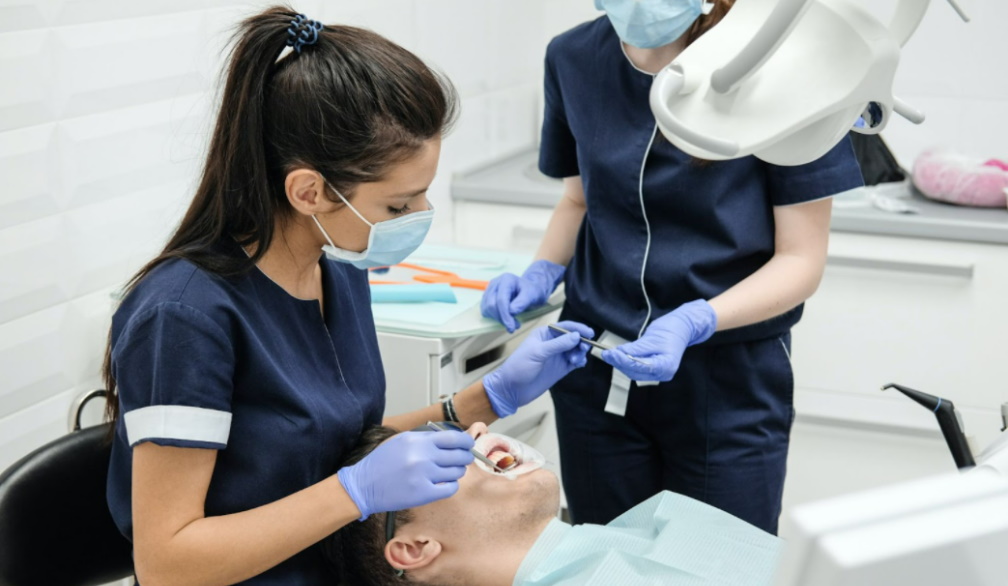What Is a Misaligned Jaw And How Can It Be Improved?

Your doctor or dentist has noticed some problems with your bite. Perhaps you have an underbite or overbite, or perhaps you have been having trouble with headaches and your doctor has diagnosed temporomandibular joint pain (TMJ). Or maybe you've noticed that you are snoring more, or are unhappy with your smile.
Perhaps these incidents are occurring more frequently, and you are beginning to question whether you may have a misaligned jaw.
What Is a Misaligned Jaw?
A misaligned jaw is exactly what it sounds like: the top and bottom jaw do not line up properly, causing misalignment. What are some symptoms of this problem? Some symptoms that you may have noticed that may be attributable to a jaw misalignment are:
- * Bite problems, like an underbite or overbite
- * Problems with jaw mechanics that cause difficulty swallowing or speaking
- * Cosmetic concerns such as a crossbite
- * Medical diagnoses such as excessive snoring, sleep apnoea or temporomandibular joint pain (TMJ)
Can These Problems Be Severe?
Yes, some of these problems can be severe. Improving your jaw alignment could certainly result in an improvement in your health, especially if you suffer from a medical condition linked to your jaw.
Should I Consult a Specialist?
Consulting a specialist for a first and second opinion is always a good idea. Consider contacting a qualified orthodontist or oral surgeon to be evaluated and to explore the treatment options that you have.
What Can Be Done To Improve a Misaligned Jaw?
There are many different treatments to improve a misaligned jaw. The least invasive is the use of a nighttime aligner to help straighten the teeth while you are asleep. These invisible and removable appliances are used for about ten months for the best results. If your misalignment is mild and involves your teeth or a bite problem, this simple and non-invasive solution may be just right for you.
Your misalignment may require braces or headgear to correct. In this case, the headgear and braces pull the lower jaw either back to correct an underbite, or forward to correct an overbite. These appliances are also often used at night to make corrections and make daytime living easier, if possible.
If your misalignment is caused by a skeletal problem with your upper jaw you may require an upper jaw expander. Also known as a palate expander, this appliance is a wire frame that is fitted to braces on the upper teeth and is used to widen the upper jaw until it matches the lower jaw.
If your alignment is severe these orthodontic treatments may not be able to give you the results that you are looking for. In this case, jaw correction surgery may be required. This is typically a lengthy process that begins with orthodontic treatment to begin the realignment process, then proceeds onto reconstructive jaw surgery where a maxillofacial surgeon will rebuild the jaws so that they align properly. This long and invasive process should only be considered in extreme cases.
Can I Just Live With My Jaw Misalignment?
This should be something you discuss with your trusted medical professional. The answer will depend on the underlying cause of your misalignment and what types of difficulties it is causing you. While you are deciding, be sure to concentrate on proper dental hygiene, as misalignment can sometimes make it more difficult to care for your teeth.
Jaw misalignment can be a troublesome problem with many different treatment options. Consult as many professionals as you feel comfortable with to determine exactly what the problem is and the best way to treat it. Try to begin with less invasive treatments if possible to bring your concerns to a quick and easy resolution.

























